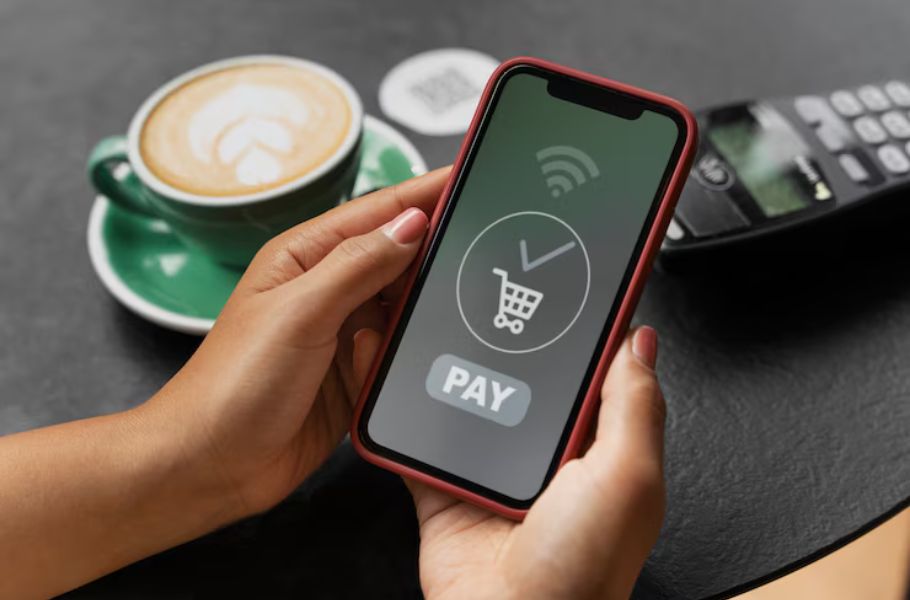In today’s digital-first economy, offering smooth and accept payments options is no longer a luxury it’s a necessity. Whether you’re a freelancer, a startup founder, or managing a growing enterprise, the ability to accept payments efficiently and reliably shapes how your customers perceive and engage with your brand. This guide will take you through the world of payment acceptance, helping you understand what’s available, what matters, and how to future-proof your setup.
Why Is Payment Acceptance Important Today?
Customer expectations are evolving. Today’s buyers are more tech-savvy, more demanding, and far less patient than ever before. If the payment process is even slightly inconvenient, they’ll likely abandon the transaction. Beyond just closing a sale, how you accept payments directly affects customer trust, repeat business, and your overall reputation.
Customers want speed, convenience, and security. Businesses that meet these needs are rewarded not just with more sales but with loyalty and referrals. On the flip side, those that lag in payment flexibility often struggle to scale.
What are the most effective ways to accept payments today?
The accept payments landscape is broad, giving businesses a wide range of methods to suit different types of customers and sales channels. In-person payments remain important for retail and service-based businesses, with credit/debit cards and mobile payments leading the way. For online businesses, digital wallets and integrated payment gateways offer a seamless experience. Bank transfers and invoicing systems cater to professional and B2B transactions.
As innovation continues, crypto currency and Buy Now, Pay Later (BNPL) options are also gaining popularity, especially among younger consumers and global markets. The key is to understand your audience and provide what suits their preferences.
How to Choose the Right Payment Solution?
Choosing a payment system isn’t just about ticking boxes; it requires a thoughtful look at your customer base, transaction volume, and long-term business goals. If your audience is mostly mobile users, ensure your system supports mobile-first payments. If you sell internationally, you’ll want support for multiple currencies and region-specific gateways.
Security, integration, and ease of use are just as important. A system that integrates smoothly with your website or app saves time and prevents errors. Don’t overlook support and scalability choose a provider that grows with your business and offers reliable customer service when you need it.
How Can Businesses Ensure Payment Security?
Security is central to any payment strategy. Customers need to feel confident that their personal and financial data is handled with care. Businesses can boost their credibility by using secure, PCI-DSS compliant payment gateways that encrypt transaction data. Implementing two-factor authentication (2FA) adds another layer of protection.
Regular monitoring for fraudulent activity and training staff on best practices can go a long way. Also, keeping systems updated and choosing trusted providers with strong anti-fraud tools ensures you stay a step ahead of cyber threats.
Why Offer Multiple Payment Options?
Offering more than one way to pay isn’t just convenient it’s strategic. It helps increase conversions by reducing friction at checkout. Customers are more likely to complete their purchases when they see their preferred accept payments method available.
It also expands your market reach, especially if you cater to different age groups or international audiences. Having multiple options builds trust and makes your business look more professional and customer-focused. In competitive industries, that trust can be the deciding factor in winning a sale.
The Impact of Mobile Payments on Business
Mobile accept payments are becoming the norm in both retail and digital commerce. With a tap or a scan, customers can complete transactions quickly and securely. The convenience of using smartphones for payments attracts consumers who prioritize speed and ease.
Businesses that embrace mobile solutions benefit from faster checkout times and increased customer satisfaction. As contactless payments grow, especially post-pandemic, having mobile capabilities is a must-have, not a nice-to-have.
Convenience meets security
Digital wallets like Apple Pay, Google Pay, and Samsung Pay are changing how consumers interact with businesses. They offer both speed and security, allowing users to pay without ever pulling out a card or entering data manually.
From a business perspective, digital wallets streamline the transaction process and reduce the risk of fraud, as many of these services use biometric authentication and encryption. They also enhance the user experience, particularly for mobile-first shoppers.
Difference between gateways and processors
The terms “payment gateway” and “payment processor” are often used interchangeably, but they serve different purposes. A payment gateway acts as the front-end technology that captures and encrypts card details. It’s what your customers interact with at checkout.
A payment processor, on the other hand, handles the back-end work of moving the funds between the customer’s bank and your business account. Together, these systems make it possible to accept payments quickly and securely.
Integrating Payment Systems into Your Site or App
Today’s payment providers offer plug-and-play integrations for websites and apps. Whether you’re using Shopify, WooCommerce, Wix, or a custom-built platform, you can connect gateways like Stripe or PayPal with ease.
The key is to make sure the checkout experience is smooth. A clunky or slow interface can lead to cart abandonment. Choose solutions that match your brand’s look and feel while ensuring security and functionality.
Staying future-ready with payment innovations
Payment technology evolves rapidly. Businesses that stay informed are better positioned to take advantage of new tools that improve efficiency and customer experience. AI-based fraud detection, blockchain accept payments, and voice-activated transactions are just a few of the emerging trends worth watching.Regularly reviewing your current system and being open to change can help your business adapt and thrive in a competitive marketplace.
Final thoughts
Accept payments are about more than getting paid it is about how your business connects with its customers. By offering secure, flexible, and user-friendly payment options, you enhance the entire shopping experience and build trust with your audience.
Invest in the right tools, stay updated with trends, and prioritize your customers’ needs. When done right, your payment system becomes a silent partner in your success working behind the scenes to support growth, loyalty, and satisfaction.







